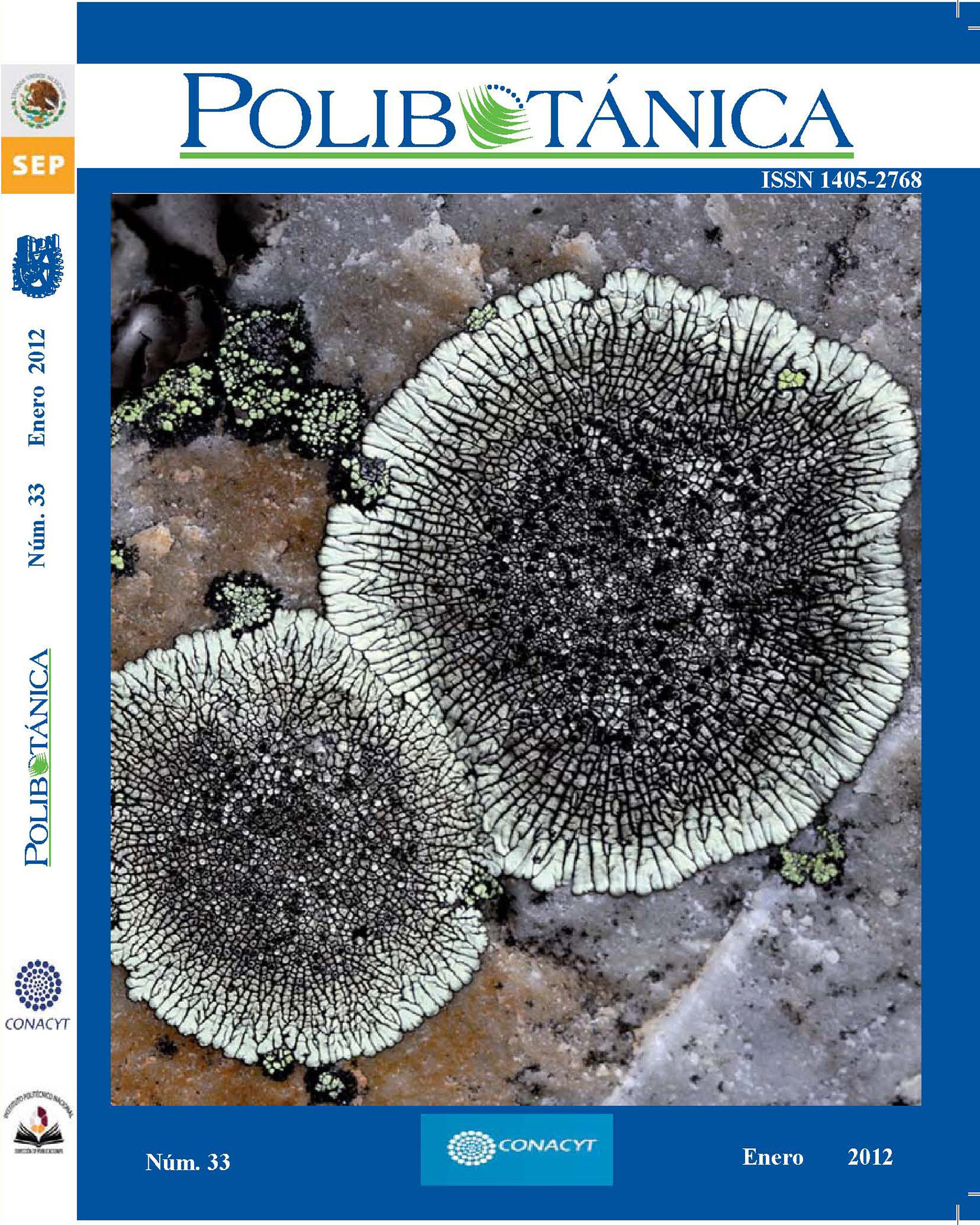LA VEGETACIÓN LEÑOSA DEL SITIO ARQUEOLÓGICO DE OXPEMUL, MUNICIPIO DE CALAKMUL, CAMPECHE, MÉXICO
Abstract
We studied the semi evergreen tropical
forest species composition and structure, in
the archaeological site of Oxpemul, located
at the Calakmul Biosphera Reserve, Campeche. We surveyed 48 10 x 10 m² (4 800
m²) plots, in which we measured all individuals DBH ≥ 2 cm. The description of the
vegetation structure was based on species
importance values. Species diversity was
measured with the Shannon-Wiener (H’)
Index. We recorded a total of 3 013 woody
individuals belonging to 91 species, 67
genera and 35 families. Fabaceae was the
family with the largest number of species
(13). Brosimum alicastrum was the most
important specie according to its relative
dominance, followed by Melicoccus oliviformis, Eugenia sp., Pilocarpus racemosus
y Drypetes lateriflora. The basal area of the
northern group was 47.71 m²/ha and 52.83
m²/ha in the south group. The ShannonWiener Index registered in the northern
group was 3.33 and 3.26 in the southern
group. We concluded that the tree species
richness of the two groups studied is similar.
Brosimum alicastrum is the most common
tree species on the prehispanic structures
(rocky substrata) showing grouping and
a higher number of individuals in both
groups.
Downloads
Published
Issue
Section
License

Polibotánica by Departamento de Botánica de la Escuela Nacional de Ciencias Biológicas del Instituto Politécnico Nacional se distribuye bajo una Licencia Creative Commons Atribución-NoComercial-CompartirIgual 4.0 Internacional.




















